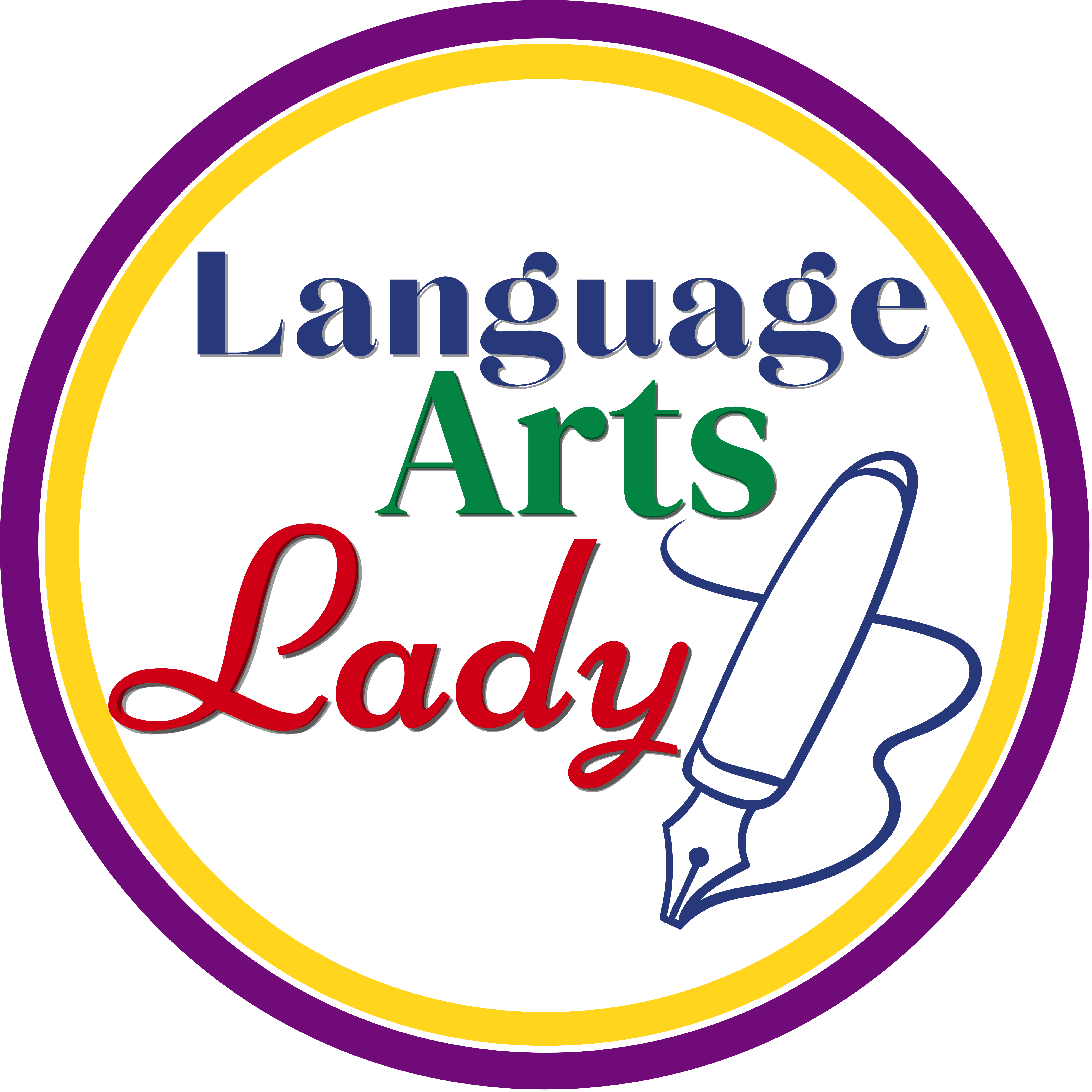
Character Ink Blog is closed right now
Please visit Donna's other websites at Language Arts Lady Blog or Language Arts Lady Store
Cottage Class information will be in my blog each year.
My store is your resource for all of my language arts curricula and parenting resources.
Please email me or visit my social media for current happenings with Language Arts Lady!
❤️ Donna